

The Detroit Crime Family formed in the Prohibition Era through warfare and consolidation. There were at least several distinct Mafia-related organizations in the East Side of Detroit and Grosse Pointe, in the West Side and Dearborn, in the City of Hamtramck and in the downriver City of Wyandotte and neighboring Ford City (later merged into Wyandotte). By the end of Prohibition, the crime family known as "The Partnership" effectively controlled much of the Detroit area. The organization was dominated by a network of intermarried East Side families originally from the Terrasini area of Sicily. Some independent racketeer rings continued to operate to the south and west of the city, but these appear to have been incorporated into The Partnership by the late 1930s. As in other regions, the presence of multiple Sicilian and Italian gangs in the earlier era makes it impossible to designate one underworld leader as "the boss" of Detroit. What we have attempted to do for the period before 1931 is indicate the best known and most influential boss.
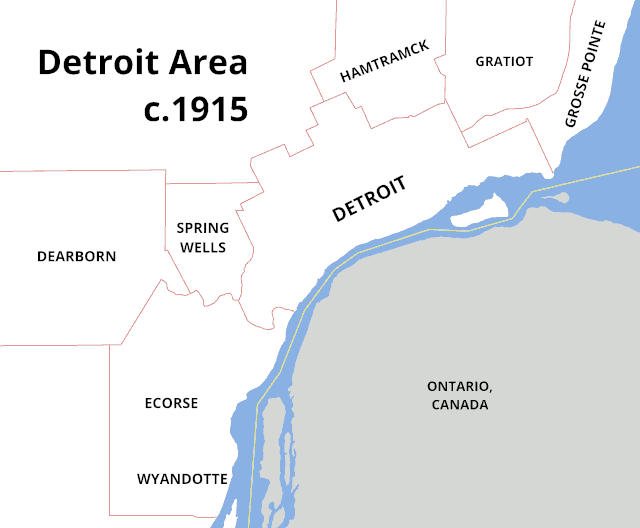
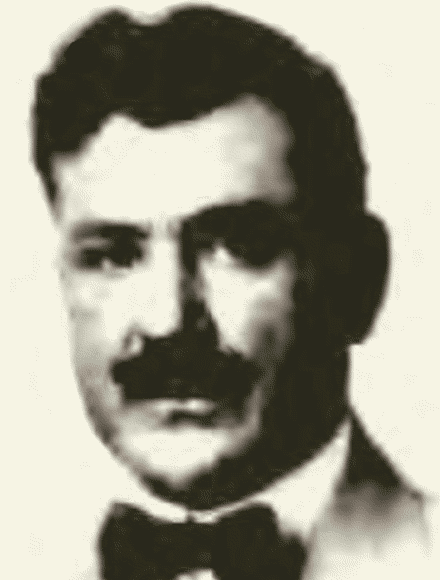
Mirabile
1894 - Pietro Mirabile (Born Alcamo, Sicily, June 4, 1878. Died: uncertain.) Reports in the local press indicate that Mirabile, a Rivard Street saloonkeeper and dealer in real estate, was associated with a band of Black Hand extortionists and kidnappers. He apparently involved himself in these rackets while portraying himself as a community leader and "man of honor." His organization of Alcamo-area immigrant criminals was resisted by a forming Terrasini-oriented Mafia, possibly commanded by successful local wine merchant Agostino Vitale. For a time, the Terrasini and Alcamo mobs grew within the same densely packed Rivard Street neighborhood.
1907 - A severe knife wound inflicted on rival Agostino Vitale coincided with the apparent rise of Mirabile as the dominant Mafia leader in the Detroit area. (Author Daniel Waugh points to Agosto Vitale as "the founder" of the Mafia in Detroit.) The Mirabile organization grew to include later boss Vito Adamo.
Vinnitta: The Birth of the Detroit Mafia by Daniel Waugh
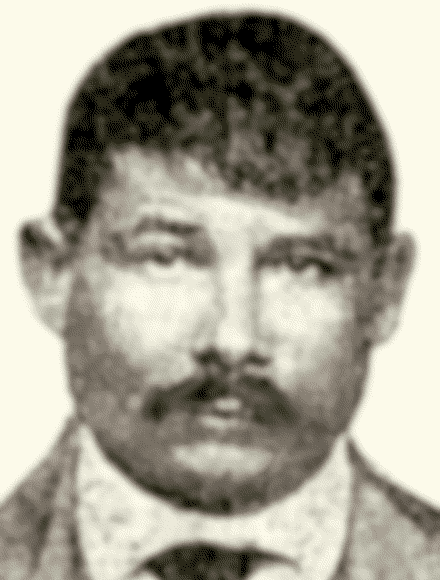
Tony Giannola
1900s - Tony Giannola (Born Terrasini, Sicily, Nov. 15, 1878. Killed Detroit, MI, Jan. 3, 1919.) The Giannola Brothers, Antonino (Tony), Salvatore (Sam) and Vito, are among the earliest known Mafia leaders in the Detroit area. They commanded a gang that terrorized immigrants from Cinisi and Terrasini, Sicily (Province of Palermo on the eastern shore of the Gulf of Castellammare), who resided in the Village of Ford City and the City of Wyandotte, south of Detroit. There were other Sicilian hometown-based underworld organizations in Detroit's immigrant neighborhoods and suburbs in the same period. After years of growing in strength within their own community, the Giannolas earned notice as they moved to project their power beyond their small neighborhoods.
1908 - Vito Adamo (Born Salemi, Sicily, 1883. Killed Detroit, MI, Nov. 24, 1913). When successful Sicilians and Italians - many based in the eastern portion of the Detroit business district - were targeted by Giannola "Black Hand" extortion, they banded together to form a vigilante "White Hand Society." Vito Adamo, reportedly from Sicily's inland Trapani province community of Salemi, and already a leader within the Mirabile Mafia society, was backed as the White Hand champion. This made him the most publicly visible Sicilian underworld figure in the region (though reportedly still subordinate to Mirabile). Giannola expansion in Detroit was blocked, as war erupted between the two factions.
1913 - Giannola gunmen ambushed and murdered brothers Vito and Sam Adamo on Detroit's East Side on Nov. 24, 1913. The attack appeared to be a response to an August 1913 Adamo-approved killing of Giannola-aligned extortionist Carlo Caleca. Encouraged by Vito's widow, the remaining members of the Adamo faction and an allied Buccellato family of Castellammare del Golfo (in Trapani province across the Gulf of Castellammare from Cinisi and Terrasini) continued the war against the Giannolas for a time. The Giannolas, however, continued to grow more powerful.
Writers of Wrongs: "Detroit gang feud claims Adamo brothers"

Sam Giannola
1914- Tony Giannola. According to Daniel Waugh, author of Vinnitta: The Birth of the Detroit Mafia, the Giannola brothers emerged victorious in 1914 after a long Detroit underworld struggle against the organization of Pietro Mirabile. Mirabile survived the war but was ousted as a local Mafia boss. He eventually returned to Sicily.
1918 - Tony Giannola and his lieutenant Peter Bosco quarreled. A feud resulted in the October 1918 murder of Bosco. Bosco's death made matters worse. John Vitale, a Cinisi native and a powerful Bosco follower, decided to break away from the Giannola brothers and to take Bosco's faction with him. War erupted within the fragmented former Giannola organization.
1919 - Sam Giannola (Born Terrasini, Sicily, June 2, 1887. Killed Detroit, MI, Oct. 2, 1919.) Tony Giannola was shot to death Jan. 3, 1919, and his brother Sam took command of the Giannola Gang. War continued in the Sicilian underworld. Sam's primary rival in this period remained his former ally John Vitale, who drew support from Detroit's East Side and Ford City. Early in his reign, Sam was ambushed by rival forces. Though he survived, the ambush resulted in the death of his brother-in-law Pasquale Danna. A Giannola counterattack eliminated Vitale aide Vito Renda. After just a few months, it was rumored that Sam Giannola was hoping to arrange a truce and retire away from Detroit. Some agreement with Vitale was reached, but it did not last. As he exited a bank, Monroe and Russell Streets, on Oct. 2, 1919, Giannola was shot to death.

Vitale
1919 - John Vitale (Born Cinisi, Sicily, June 24, 1876. Killed Detroit, MI, Sept. 28, 1920). Following the murder of Sam Giannola, sole surviving Giannola brother Vito made no apparent effort to take the reins of the Giannola faction. That organization splintered further, allowing John Vitale (reportedly unrelated to Agostino Vitale) to become the most powerful underworld boss in Detroit. There was little break in the gang war, as Vitale found he still had many enemies among the Detroit East Siders. Law enforcement in this period noted the presence in Detroit of gunmen they believed had been imported from New York, New Jersey and Pennsylvania.
1920 - Gunmen of Vitale's mob opened fire on East Side leader Giuseppe Manzello in the summer of 1920. Manzello was killed, and his aide was seriously wounded. Manzello's murder motivated his followers to bring down the Vitale organization. After a series of successful counterattacks against Vitale, the East Side forces got the boss himself. Vitale was murdered on Sept. 28, 1920, at Marantette Street near Fourteenth Street on Sept. 28, 1920.
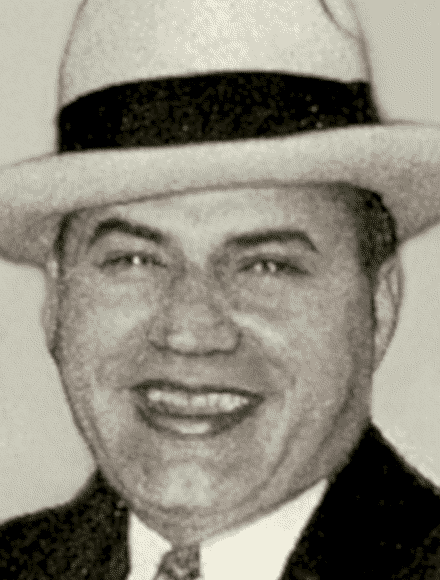
Meli
1920 - Angelo Meli (Born San Cataldo, Sicily, Feb. 10, 1897. Died Fort Lauderdale, FL, Dec. 1, 1969.) Meli, apparent standard-bearer for the Giannola loyalists, was regarded as top man in the Detroit Mafia following the assassination of Vitale. He was an unlikely leader from the Terrasini- and Cinisi-based faction, as his San Cataldo birthplace in the Province of Caltanissetta was far inland, south and east, of the other leaders' native towns.
With the treacherous Vitale out of the way, the East Siders made efforts to develop a coherent regional Mafia that could peacefully reap the profits of Prohibition Era bootlegging rackets. Meli and his allies, including Giovanni "Papa John" Priziola (reportedly from the inland community of Partinico in the Province of Palermo), Guglielmo "Black Bill" Tocco and Joseph Zerilli began absorbing, forming alliances with or eliminating other gangs in the Detroit area. (Former Vitale lieutenant Cesare "Chester" LaMare, influential in areas to the south and west of the city, as well as within the City of Hamtramck, may have been an early convert to the Meli-led Mafia.) The consolidation efforts appear to have been aided by Salvatore Catalanotte.
1924 - Salvatore Catalanotto (Born Alcamo, Sicily, Feb. 14/15, 1893/1894. Died Detroit, MI, Feb. 14, 1930.) Different dates of birth have been recorded for Catalanotte - he reported Feb. 15, 1893, on his 1917 draft registration, but Feb. 14, 1894, was recorded on his death certificate. Originally from Alcamo (some report he was from the inland community of Salemi) in the Sicilian province of Trapani, Catalanotte was initially part of the Mirabile organization. He became an important figure in arranging peaceful Prohibition Era cooperation of rival Mafia factions in the Detroit area. Some credit him with resolving the old feud between the former Giannola and Vitale factions. Catalanotte settled in Grosse Pointe.
1930 - Early in 1930, Catalanotte became seriously ill. According to his certificate of death, his last day alive was his thirty-sixth birthday. He died of influenza and pneumonia on Valentine's Day of 1930. With the death of the peacemaker, Detroit's underworld once again fractured into competing factions.
Motor City Mafia: A Century of Organized Crime in Detroit (Images of America) by Scott M. Burnstein
1930 - Gaspare Milazzo (Born Castellammare del Golfo, Sicily, April 25, 1887. Killed Detroit, MI, June 1, 1930.) Milazzo, who apparently used his mother's maiden name of Scibilia and the surname Lombardo as aliases, was originally from the seaside community of Castellammare del Golfo in the Sicilian province of Trapani. Leader of an interstate network of Castellammarese Mafiosi in the U.S. and longtime enemy of the Buccellato clan, Milazzo relocated to Detroit in the mid-1920s (following stops in Pennsylvania and California) after escaping prosecution for New York and New Jersey murders related to the Buccellato feud. He may have found Catalanotte, whose Sicilian hometown bordered Castellammare, to be a natural ally. In recognition of his close ties to underworld leaders across the country and the usefulness of his Castellammarese faction in Detroit, Milazzo was welcomed into the Detroit leadership panel and appears to have served as Detroit-area representative to interstate and national Mafia meetings. He may have succeeded Catalanotte in this role. Some have concluded that Milazzo was the sole local Mafia boss during this period, but that appears to be a misinterpretation of his representative position.
Writers of Wrongs: "Detroit fish market murders spark Mafia war"
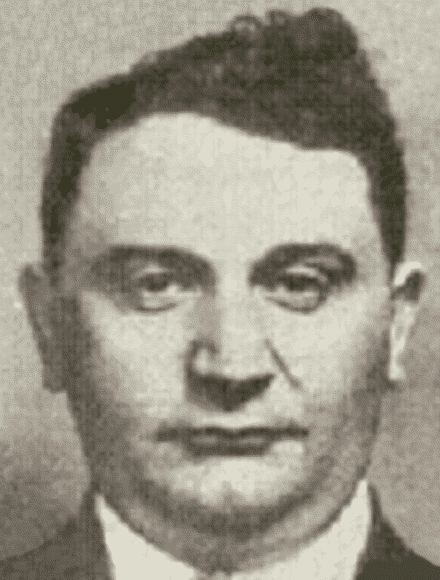
Lamare
1930 - Cesare "Chester" LaMare (Born Ripacandida, Italy, Jan. 6, 1887. Killed Detroit, MI, Feb. 7, 1931). Encouraged by new New York-based Mafia boss of bosses Giuseppe Masseria and perhaps supported by Salvatore Catalanotte's brother Joseph, LaMare broke away from other Detroit bosses following the death of Catalanotte. LaMare sought to establish himself as the top man in the region, though his origin in the Potenza province of mainland Italy made him an outsider to the Sicilian Mafiosi.
Detroit underworld leaders arranged a May 13, 1930, meeting at an East Side fish market to resolve their differences. LaMare reportedly planned to ambush and murder the entire East Side Sicilian leadership group. Only Gaspare Milazzo, then forty-three, and his aide Sam Parrino, forty, showed up for the meeting. They were shot to death at close range by unrecognized gunmen. Following the killings, boss of bosses Masseria backed LaMare's claim as Mafia leader in Detroit, though the ambush turned much of the Detroit underworld against him. Masseria's connection to the Milazzo ambush was one of the factors that led to the 1930-1931 Castellammarese War revolt against Masseria leadership.
1931 - After LaMare's break with the East Side mafiosi and his failed attempt to eliminate their leaders, he had little going for him aside from Masseria's support. LaMare went into hiding for a time, perhaps leaving the region in order to preserve his life, but he was murdered shortly after returning to his home just after midnight on Feb. 7, 1931.
Writers of Wrongs: "Detroit fish market murders spark Mafia war"
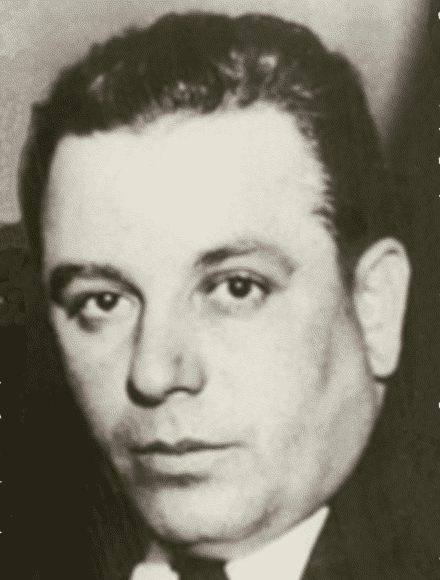
Zerilli
1931 - Joseph Zerilli (Born Terrasini, Dec. 11, 1897. Died Grosse Pointe, MI, Oct. 30, 1977) and Guglielmo "Black Bill" Tocco (Born near Terrasini, Feb. 13, 1897. Died Grosse Pointe Park, MI, May 28, 1972). Zerilli and Tocco - longtime friends, both natives of the Terrasini community in Sicily's Palermo province and brothers-in-law since Tocco's 1923 marriage to Rosalia Zerilli - were respected leaders of the East Side Mafia. They assumed command of a regional Mafia organization that became known as The Partnership. The Partnership cooperated for a time with the rum-running Purple Gang linked with transplanted St. Louis gangsters Peter and Thomas "Yonnie" Licavoli. The Licavolis and Zerillis became related through marriage.
1938 - Part of the East Side Mafia's consolidation of power seems to have been the elimination of Terrasini native Joe Tocco (despite the surname, he was said to be unrelated to Guglielmo Tocco). Joe was a leader in the West Side and may have controlled some former LaMare followers. He was shot and mortally wounded on May 2, 1938, at the home of his longtime friend James Palazzola. He died at Wyandotte General Hospital the following day.
"Michigan beer baron ambushed"
Writers of Wrongs: "Michigan mobster Joe Tocco succumbs"
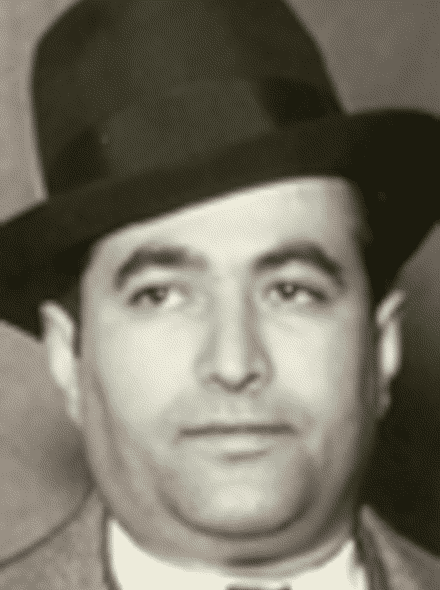
Tocco
1940s - It seems likely that the "Ruling Council" or "Council of Dons" later detected by Senate investigators actually was formed in this decade. The council reportedly included Guglielmo Tocco, Joseph Zerilli, Angelo Meli, "Papa John" Priziola and Peter Licavoli. Zerilli, Tocco, Priziola and other underworld leaders built large homes for themselves in an upscale residential neighborhood in the Village of Grosse Pointe Park, east of Detroit. Peter Licavoli established a relationship with Cleveland bosses and inserted himself into rackets in Toledo and Youngstown, Ohio. Ill feelings appear to have developed between Licavoli and the other Detroit leaders. Licavoli later moved away, establishing his base in Tucson, Arizona.
1963 - Zerilli, serving as the chief executive of the crime family, attempted to retire during the 1960s. But he was prevented from doing so, reportedly because the next generation of underworld leadership was deemed to be unprepared. In 1963, Tocco and Meli, dealing with health issues, became semi-retired and started spending much of their time in Florida.
1969 - Angelo Meli, member of the Detroit underworld ruling council, died at Fort Lauderdale, Florida, on December 1, 1969.
1972 - William Tocco, member of the Detroit underworld ruling council, died at Grosse Pointe Park on May 28, 1972.
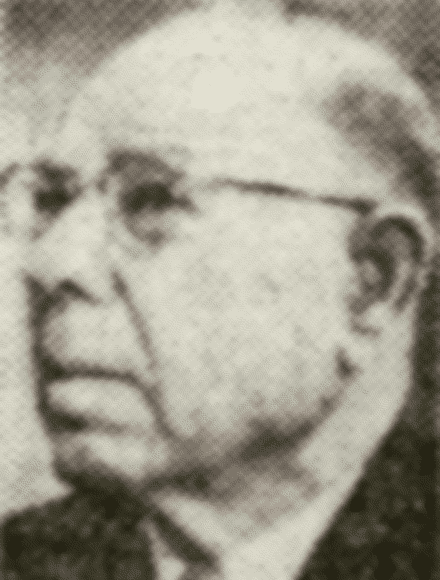
Priziola
1977 - Giovanni Priziola (Born Partinico, Sicily, Feb. 12, 1893. Died Grosse Pointe, MI, April 14, 1979). Upon Zerilli's Oct. 30, 1977, death, octogenarian "Papa John" Priziola, the last surviving member of the earlier ruling council in Detroit reportedly tried to run the crime family. Priziola, once the leader of an organization of gangsters from Partinico, Sicily, had been absorbed into the East Side Gang many years earlier. His term as sole underworld leader was comparatively brief.
1979 - Priziola passed away April 14, 1979, at the age of eighty-six. His death marked the end of a system of Detroit Mafia leadership that dated back to the Prohibition Era.
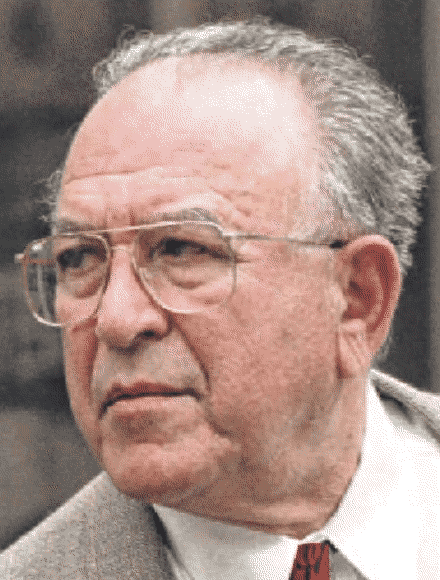
Jack Tocco
1979 - Jack Tocco (1926-2014). Following the death of Priziola, Jack Tocco was installed as Detroit boss. Jack had an impeccable Mafia pedigree, as he was the son of William "Black Bill" Tocco, the nephew of Joseph Zerilli and the son-in-law of Angelo Meli. His extended family included the Profacis, Bonannos, Priziolas, Moceris and Corrados. Jack Tocco had been growing in importance within crime family leadership for years. There were rumors that he knew the details of underworld involvement in the July 1975 disappearance of former Teamsters Union leader Jimmy Hoffa.
1998 - Jack Tocco, seventy-one, and three other men were convicted of racketeering violations. Tocco was sent to prison for 34 months.
2000 - Tocco's cousin (and Joseph Zerilli's grandson) Nove Tocco testified in a racketeering trial, revealing the leadership of the local crime family - boss Jack Tocco and underboss Anthony Zerilli - and its methods.